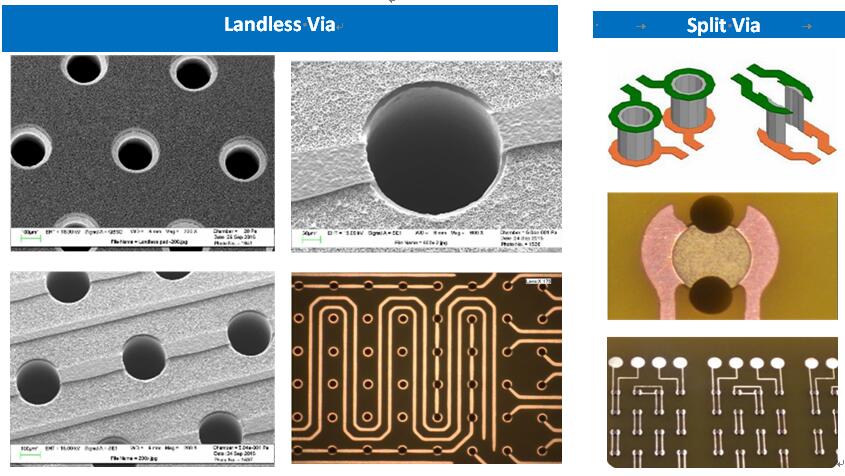PCB assembly, also known as printed circuit board assembly, is a crucial step in the electronic design and manufacturing process. It involves the process of soldering electronic components onto a printed circuit board (PCB) to create a functional electronic device. PCB assembly encompasses various aspects, including component selection, soldering techniques, quality control, and testing. In this article, we will explore these aspects in detail and discuss the specific applications of PCB assembly. China Topscom Posted.
Component Selection:
One of the primary aspects of PCB assembly is selecting the appropriate electronic components for the design. This involves considering factors such as functionality, performance, size, and cost. Designers must choose components that meet the requirements of the electronic device while also considering factors like power consumption, operating temperature, and reliability. The selection process includes choosing integrated circuits (ICs), resistors, capacitors, connectors, and other passive and active components.
Soldering Techniques:
Soldering is a critical process in PCB assembly that involves joining electronic components to the PCB using solder. There are various soldering techniques employed in PCB assembly, including surface mount technology (SMT) and through-hole technology (THT). SMT involves placing components directly onto the surface of the PCB and soldering them using reflow ovens or soldering irons. THT, on the other hand, involves inserting component leads through holes in the PCB and soldering them on the opposite side. Both techniques have their advantages and are used based on the specific requirements of the design.
Quality Control:
Ensuring the quality of the assembled PCB is of utmost importance. Quality control measures are implemented throughout the PCB assembly process to identify and rectify any defects or issues. This includes visual inspection of solder joints, automated optical inspection (AOI), and X-ray inspection to detect any faults such as solder bridges, open circuits, or component misalignment. Quality control also involves testing the functionality of the assembled PCB to ensure it meets the desired specifications.
Testing:
Testing is an integral part of PCB assembly to verify the functionality and performance of the electronic device. Various testing methods are employed, including functional testing, in-circuit testing (ICT), and boundary scan testing. Functional testing involves checking if the device performs its intended functions correctly. ICT involves testing individual components and connections on the PCB using specialized test equipment. Boundary scan testing is used to test the interconnections between components on the PCB. These testing methods help identify any defects or issues that may have occurred during the assembly process.
Specific Applications:
PCB assembly is applied in a wide range of product areas, including consumer electronics, automotive, aerospace, medical devices, telecommunications, and industrial equipment. In consumer electronics, PCB assembly is used in devices such as smartphones, tablets, laptops, and gaming consoles. In the automotive industry, PCB assembly is used in various electronic systems, including engine control units, infotainment systems, and advanced driver-assistance systems (ADAS). In aerospace, PCB assembly is used in avionics systems, flight control systems, and communication systems. Medical devices such as pacemakers, defibrillators, and diagnostic equipment also rely on PCB assembly. Telecommunications equipment, including routers, switches, and base stations, utilize PCB assembly. Industrial equipment such as robotics, control systems, and power electronics also make use of PCB assembly.
In conclusion, PCB assembly encompasses various aspects, including component selection, soldering techniques, quality control, and testing. It is a crucial step in the electronic design and manufacturing process. PCB assembly finds applications in a wide range of product areas, including consumer electronics, automotive, aerospace, medical devices, telecommunications, and industrial equipment.
Learn more about our customer focused solutions, products and services by contacting Topscom today. Contact Topscom Now:
Email: sales@topscom.com.cn Mobile: +86-13502814037 Ms. Angelina Joo



